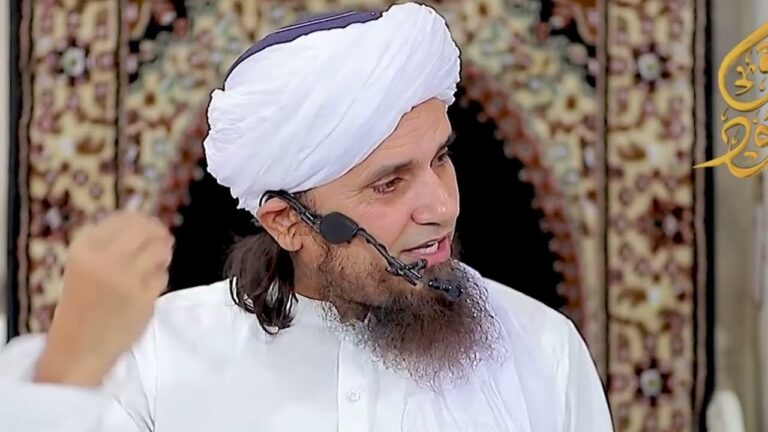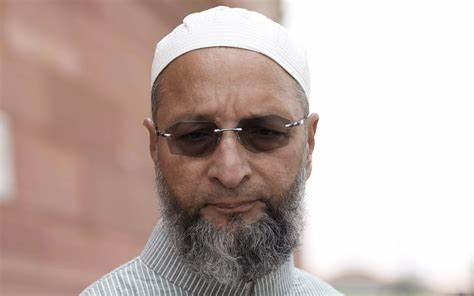Why Owaisi’s Post-Strike Rhetoric Exposed Pakistan’s Clerical Hypocrisy and Strengthened India’s Narrative
At exactly 3:18 a.m. on May 7, 2025, Operation Sindoor lit up the sky over Pakistan-administered Kashmir. It was India’s most sophisticated precision strike against terror targets since Balakot, but what followed wasn’t just geopolitical—it was ideological.
Instead of fading into diplomatic circles, the strike led to a fierce ideological clash between Indian Muslim leader Asaduddin Owaisi and Pakistani clerics like Mufti Tariq Masood. What started as a military operation against Jaish-e-Mohammed and Lashkar-e-Taiba turned into a war of words that exposed deep fractures in Muslim identity politics across borders.
This article explores how a tactical airstrike morphed into a symbolic battleground for nationalism, religion, and narrative dominance.
What Was Operation Sindoor and Why It Matters in India-Pakistan Relations
Operation Sindoor was not just another retaliation—it was a signal of India’s evolved military doctrine. Combining cruise missiles, loitering munitions, and multi-axis saturation strikes, the operation was aimed at decimating cross-border terror launch pads in Pakistan’s Punjab and Kashmir regions.
Unlike previous operations that tiptoed diplomatically, this one came with swagger and symbolism. The name “Sindoor” (vermilion)—as Shashi Tharoor later said—was “not very different from the colour of blood.”
This marked a transition in India’s military posture: from reactive pin-prick strikes to bold, offensive posturing. But even more interesting was the domestic reaction it evoked—particularly from Owaisi.
Asaduddin Owaisi’s “Pakistan Murdabad” Moment and Its Nationalist Shockwave
Hours after the strike, AIMIM leader Asaduddin Owaisi stunned both fans and critics by posting a short but fiery video on X. Wearing a tricolour scarf, he roared:
“Pakistan Murdabad! Bharat Zindabad!”
“Pakistan Murdabad
— Prakash Patel (@Prakash_Patell) May 8, 2025
Bharat Zindabad” 🇮🇳
Owaisi & 25 crore Muslims stand united with #IndianArmy 🫡
This will búrn Pakistanis more than anything. Share it MAX 🔥 pic.twitter.com/MR2sIPCjts
He didn’t stop there. He praised the Indian Army, demanded full-scale destruction of Pakistan’s terror factories, and dedicated the strike to the victims of the Pahalgam massacre. A week later, in Riyadh, he added another jab:
“Indian Muslims don’t need guardians in Islamabad.”
#WATCH | Riyadh, Saudi Arabia | AIMIM chief and MP Asaduddin Owaisi says, "This is the most unfortunate that Pakistan gives out a wrong message to the Arab world and the Muslim world that we are a Muslim country and India is not. There are 240 million proud Indian Muslims living… pic.twitter.com/WlhPmHn1MH
— ANI (@ANI) May 28, 2025
This was a masterstroke. Owaisi flipped the script entirely. A politician often painted as “appeasing,” was now calling out Pakistan as a “failed state that weaponises religion.” His statement not only went viral but earned praise from Indian right-wing circles who normally brand him anti-national.
This shift wasn’t accidental—it was calculated. Owaisi placed Indian Muslims squarely on the side of constitutional nationalism, rather than transnational Islamic solidarity.
Pakistani Clerics vs. Indian Muslim Identity: The Religious Blowback

This is where it got personal for Pakistan’s clergy. Karachi’s firebrand Mufti Tariq Masood responded with a venomous Friday khutba, calling Owaisi a “pawn of Modi” and accusing him of apostasy. His words—“If Owaisi ever steps into Pakistan, the soil itself will reject him”—sparked fury and sympathy in equal measure.
Pakistani YouTube channels ran full sermons, news tickers flashed headlines like “Owaisi betrays Ummah,” and Islamist influencers decried Indian Muslims as sellouts.
But the reaction was counterproductive. Indian Instagram and YouTube flooded with memes mocking the mufti. Hashtags like #OwaisiSlapsPak and #MuftiMeltdown trended on both sides of the border.
The ideological battlelines were now clear:
- Pakistan’s clerics claimed religious purity.
पाकिस्तान का हर एक नागरिक चाहे वह सेना प्रमुख हो प्रधानमंत्री हो या कोई मुल्ला कठमुल्ला हो
— 🇮🇳Jitendra pratap singh🇮🇳 (@jpsin1) May 11, 2025
जब उसके पास कोई तर्क नहीं रहता तब वह इस्लाम पर आ जाता है
यह देखिए ओवैसी को लेकर क्या बकवास कर रहा है pic.twitter.com/un6GKCyC4Z
- Owaisi claimed nationalist integrity.
- And the internet did what it does best—made a meme war out of it.
Why Owaisi vs. Mufti Isn’t Just a Social Media Fight
At its core, this isn’t just about one man saying “Pakistan Murdabad.” It’s about who gets to define Muslim identity in South Asia.
Here’s how the battlefield looks:
Battlefield | Owaisi’s Win | Clerics’ Loss | Net Result |
Domestic Politics | Muslims can back Indian hard power | Pakistan clergy looks outdated, reactionary | Weakens “Muslim victim” narrative |
Global Optics | India fights terror, not Islam | Pakistan looks extremist and intolerant | Boosts India’s post-strike global standing |
Ideological Space | Constitution over pan-Islamist ummah ideology | Clerics forced into defensive, parochial framing | Widens ideological chasm inside Islam |
India launched missiles. But Owaisi launched a narrative cruise missile that did more damage to Pakistan’s religious ego than any warhead.
Operation Sindoor’s real legacy may not be the destroyed launch pads—but the destroyed illusions. For decades, Pakistan has tried to present itself as the protector of South Asian Muslims. But now, a Muslim MP from Hyderabad has called its bluff—and the world saw it. As the missiles stopped flying, the memes kept spreading. Sermons and slogans replaced shells. But India had already won something bigger: the battle for moral and ideological ground.
In short: India’s bombs rattled bunkers, but Owaisi’s words rattled pulpits. And that may be the louder explosion of all.





















